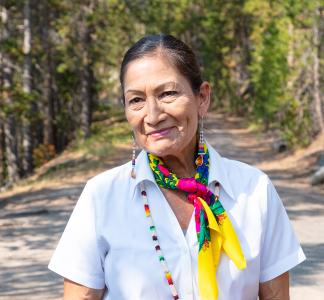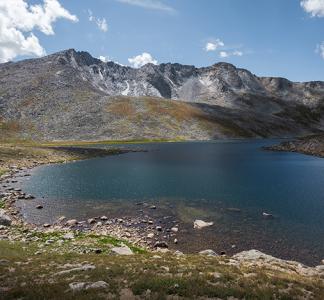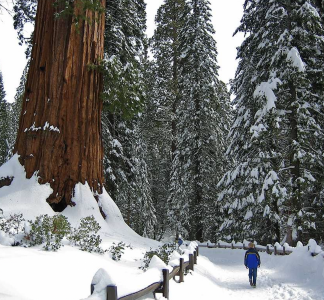Kuwohi name restored in the Smokies. Why does this matter?
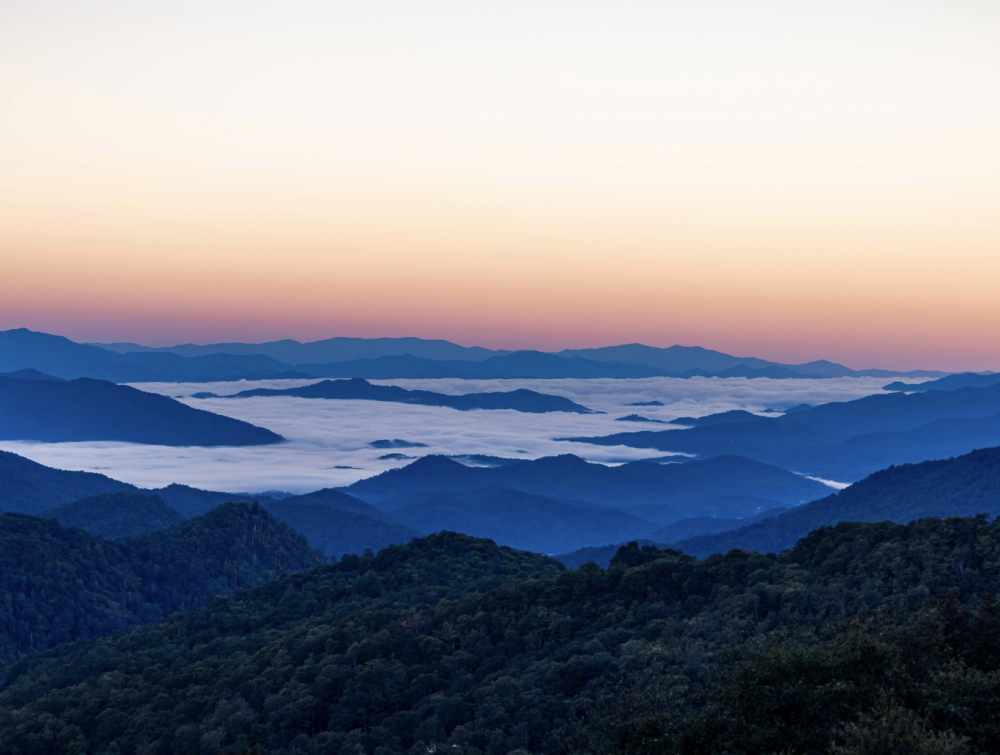
Highest peak in the Smoky Mountains has ancestral name, Kuwohi, restored.
Micheli Oliver
Meaning “mulberry place,” a sacred Cherokee place officially renamed
Located within one of the most visited national parks, spanning two states and the Ancestral homelands of a tribal nation, Kuwohi stands as a symbol of resilience. For the Cherokee it means more than “mulberry place”, it is a sacred place—the highest point within their traditional homeland and in the Great Smoky Mountains National Park, which abuts their current boundary lands.
On September 18, 2024, the US Board of Geographic Names unanimously voted in favor of the Eastern Band of Cherokee application to officially remove the name Clingmans Dome and restore its Ancestral name, Kuwohi. In 1859, 165 years ago, the peak was “renamed” after Thomas Clingman, an expelled U.S. senator and Confederate general, who passionately advocated for continued enslavement of black people. Now, this Cherokee cultural and historic place, known for its magic lakes, can once again honor its indigenous roots.
Now this Cherokee cultural and historic place known for its magic lakes can honor its indigenous roots.

TWS
How did this victory come about?
The restoration of the name Kuwohi in the Smokies is a powerful victory for the Cherokee people, made possible through the collective efforts of Eastern Band Cherokee (EBC) tribal leadership, many tribal citizens and led by the dedicated efforts of citizens Mary Crowe and Lavita Hill. In January 2024, EBC Principal Chief Michell Hicks formally submitted the application to the Board of Geographic Names, a culmination of years of work to honor Cherokee identity, resilience and deep connection to this land.
This achievement was supported by a strong coalition of people and organizations across western North Carolina and Tennessee, as well as the national Coalition for Outdoor Renaming & Education (CORE). The coalition advocates for restoring justice through an inclusive process of reconciliation by the renaming of offensive places.
“Restoring Kuwohi gives our voice to the voiceless—the land itself—and reaffirms the importance of right relationships with all who call these lands home today to increase stewardship. Ultimately, it’s about creating a world where future generations are born into a society that is more inclusive, supportive, and deeply connected to this place they will call home.”
Kimberly Smith, EBC citizen and TWS Community Conservation Specialist.

Kuwohi means "mulberry place" in Cherokee
Mason Cummings
Why does this matter?
Restoring the Kuwohi name contributes to healing historical traumas and promoting understanding of Indigenous heritage. It is a powerful reminder that despite centuries of erasure, Cherokee people are still here, resilient and deeply connected to these lands.
In the 1830s, the Cherokee suffered a major genocide attempt with the forced removal from their homeland and subjected to a treacherous nutrition-deprived walk to Oklahoma. For 205 years, Cherokee children suffered forced removal from their families and communities in order to be indoctrinated at Indian boarding schools, where cultural knowledge and traditions were erased. The restoration of Kuwohi helps reconnect the Cherokee to their Ancestral homelands and preserve their cultural legacy.
“The restoration of Kuwohi is about healing intergenerational traumas that course through Cherokee veins, passed down alongside our traditions from the survivors of the United States’ genocide attempts.
It’s about honoring the deep, Ancestral relationship that the Cherokee people have with this land, a bond that exists down to the molecular level—it's literally in our DNA. This effort recognizes the sacrifices of our Ancestors so that today, we can hold even a fraction of that sacred connection and honored stewardship.”
Kimberly Smith, EBC citizen and TWS Community Conservation Specialist.
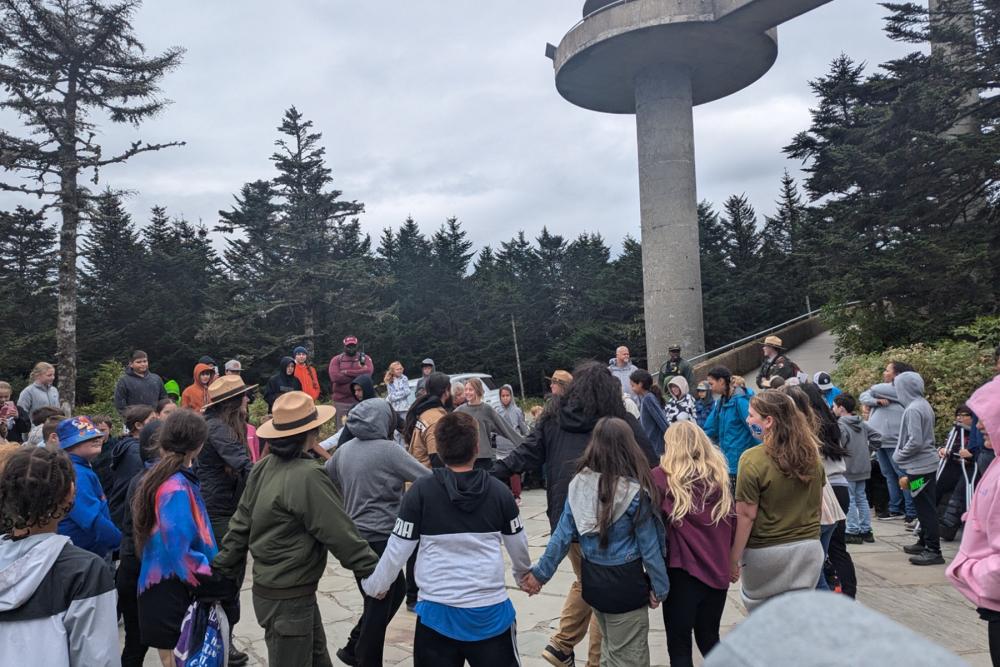
Elders and youth engaged in art, storytelling and outdoor activities to connect with centuries of Cherokee traditions.
Kim Smith
It is also part of an ongoing movement to restore Indigenous names and histories on public lands across the United States. This decision reflects a growing awareness of the need to honor Indigenous histories and cultures that are often erased or overlooked.
Just last year, the Cheyenne and Arapaho Tribes, alongside the Mestaa’éhehe Coalition, succeeded in renaming Colorado’s highest peak Mount Blue Sky. These efforts, like the restoration of Kuwohi, are about more than just names—they represent respect, recognition and acknowledgement of historical inhumanities.
Keeping the momentum going...
The Department of the Interior (DOI) in late 2022 removed a slur against Native American women from hundreds of geographic features. At that same time, DOI Secretary Haaland established the Federal Advisory Committee for Reconciliation in Place Names to proactively address harmful and offensive places names across the country. This year saw the success of Kuwohi—but we can’t stop now!
Efforts are still underway to change the name of the wilderness area that surrounds Mount Blue Sky. There are still thousands of places across the country that bare racist or derogatory names. In June, the advisory committee recommended changing the name of Devils Tower in Wyoming, the iconic rock formation and centerpiece of the country’s oldest national monument, after 99 years of advocacy.
Public lands must reflect the values we hold today. Just as the Cheyenne, Arapaho and Cherokee have shown, restoring the true names of these cherished landscapes helps create a future where public lands are places of shared history, belonging to and holding respect for all.
